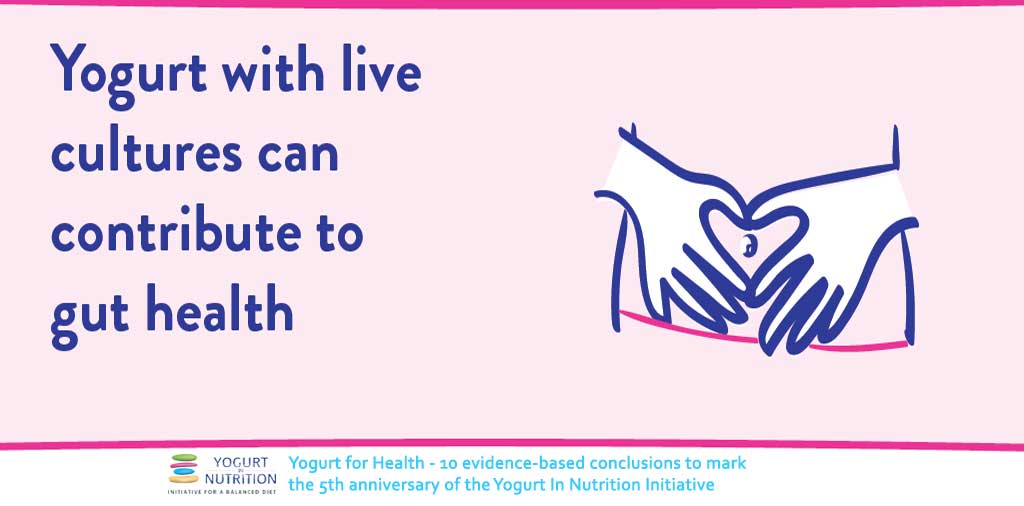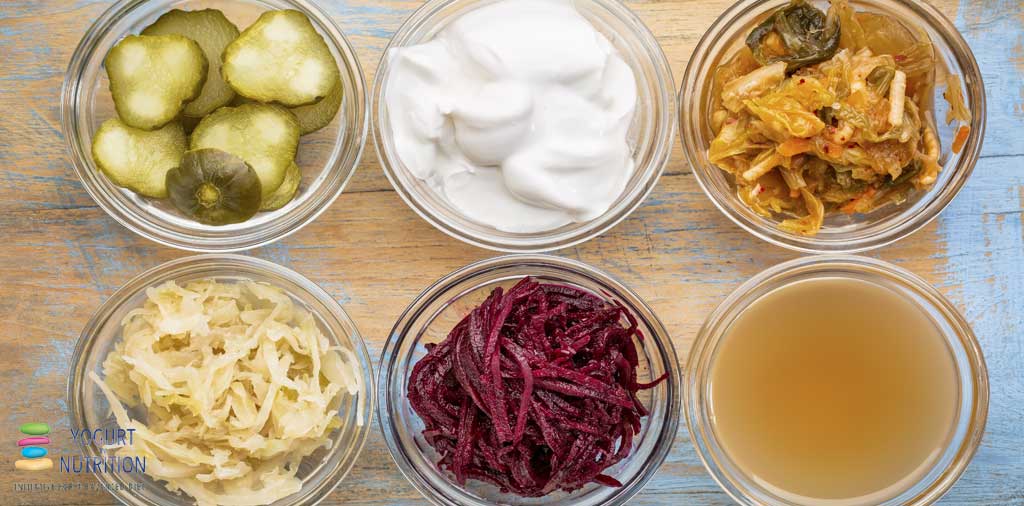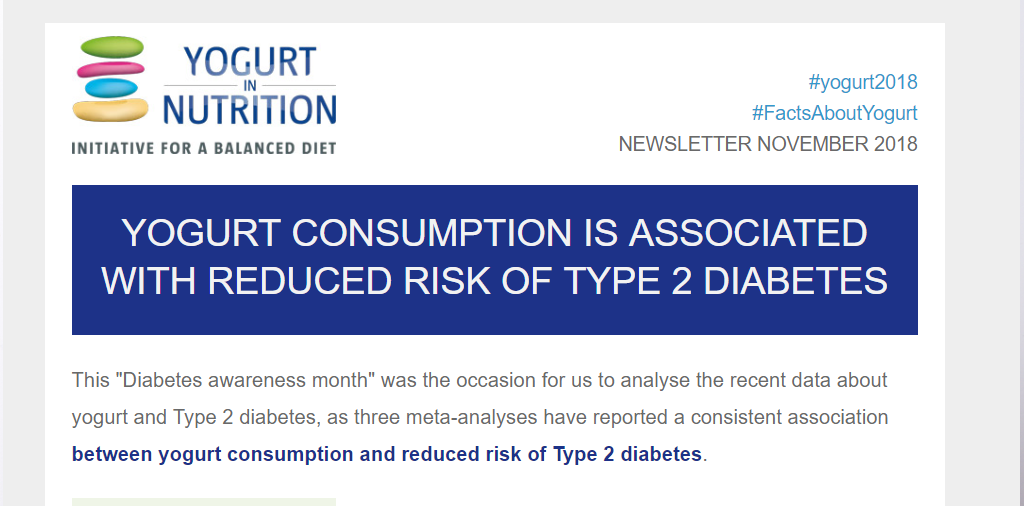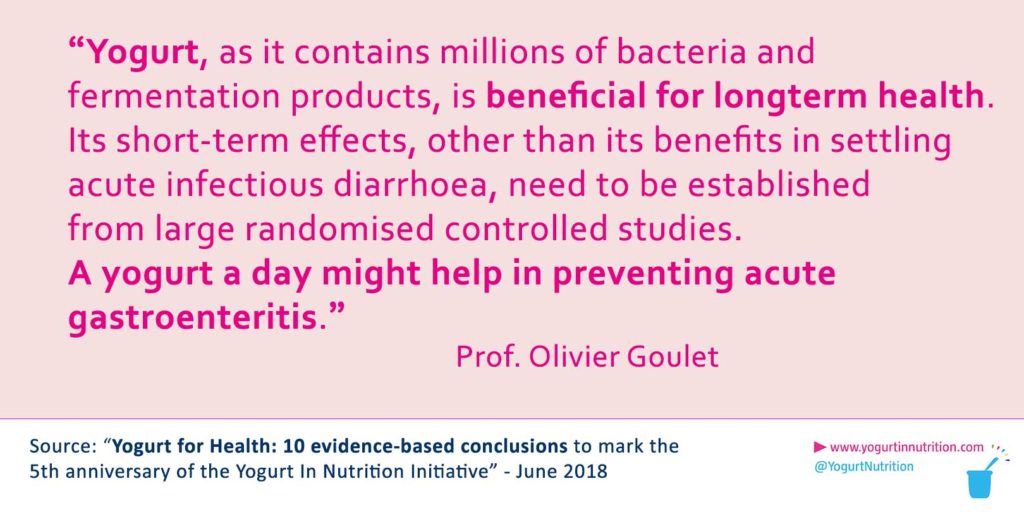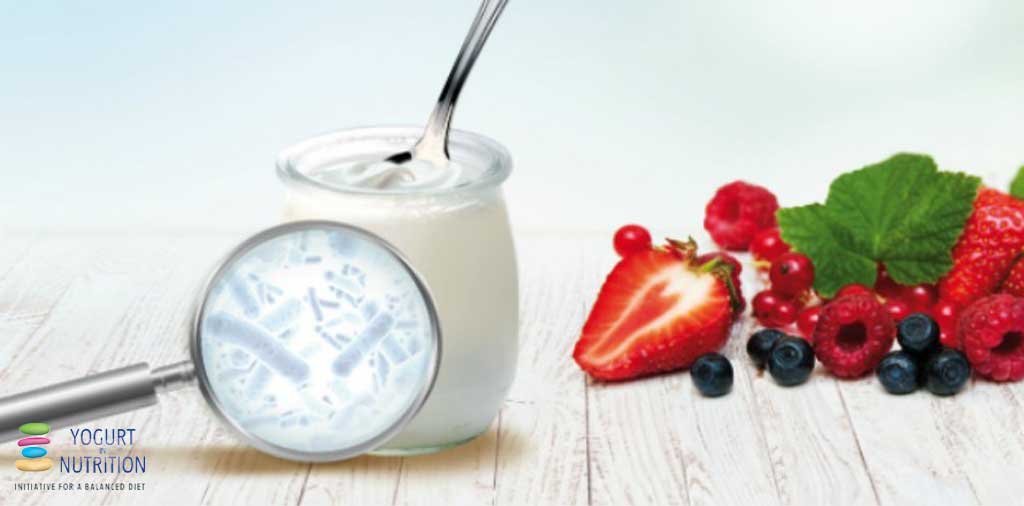As you sit down to your next tasty meal, pause for a moment before you tuck in. Consider the vast network of activities, resources and people that have played a part in your food’s journey to your table.
The interconnected web of resources crucial for providing our nourishment and sustaining health is known as our food system. It includes agricultural production, processing, packaging, distribution, marketing, consumption and even disposal of food.
The food system has evolved in response to our demand for food to be healthy, safe, affordable, and appealing. And now we’re increasingly wanting foods that have been produced without damaging the environment.
That’s because our food system is under pressure from climate change and the burgeoning global population. It’s vulnerable to nations’ economies and political upheaval, such as war. Feeding the world in the face of these changes poses a complex set of challenges that is leaving the experts scratching their heads.
Experts call for fresh approach to sustainable food research
Now a group of international experts has pointed to an urgent need to step up research into sustainability and has called for a troupe of specially trained professionals to consider everything that influences the food system, from environmental health and geography to business and politics. They must work out how to make our diet sustainable, balancing environmental impact with health outcomes. In fact, they must solve the puzzle of how to ensure everyone around the world can enjoy good nutrition to sustain health – for generations to come.
What is a sustainable diet?
In a consensus from a meeting in Chicago, USA, the authors describe sustainable diets as those that have a low environmental impact and that contribute to safe and affordable access to food and to healthy life for the current and future generations.
‘Sustainable diets are protective and respectful of biodiversity and ecosystems, culturally acceptable, accessible, economically fair and affordable, nutritionally adequate, safe, and healthy, while optimizing natural and human resources.’ – Drewnowski A et al, 2018.
A sustainable food system is defined in the Chicago consensus as a system characterised by agricultural productivity, diversity of food supply, the economic accessibility of food to consumers, use of natural resources for agriculture, and urbanisation of the population living from the system.
Sustainable food systems are under threat
The consensus comes amid growing concerns that global food production relies increasingly on intensive agricultural practices which can deplete natural resources, including land, water, and energy. These risks to sustainability can be exacerbated by global warming and climate change, say the authors.
But the environmental impact of food is only part of the sustainable food story, they warn. Health, economics and society also play key roles in a sustainable food system. Research will need to examine the trade-off between these components arising from changes to the food system; for example, beneficial effects on the environment could come at a cost to health outcomes.
‘Nourishing the global population, estimated at 9 billion by year 2050, will test food system sustainability and resilience.’ – Drewnowski A et al, 2018.
Are healthy diets also good for the planet?
Measuring diet quality in relation to environmental impact and health outcomes is therefore a crucial part of the ongoing sustainability dilemma. And while sustainable nutrition must reduce hunger and undernutrition across the world, it should also reduce the risk of obesity and associated chronic diseases, say the authors.
However, large gaps in our knowledge of how the food system is linked to nutrition and health are hindering experts’ ability to predict how changes to the food system will impact on our health. These gaps need to be plugged through an international collaboration between scientists from all backgrounds connected to the food system, from agricultural to health and environmental – with a scope that reaches governments, and industry as well as the scientific world.
Vegetarian diets may not hold the answer
One key question the researchers need to address is whether we should all switch from livestock, especially beef and dairy cows, to plant-based diets. Meat and dairy production take up more land and water resources than other foods and add to greenhouse gases, say the authors. But pasture makes up most of the world’s agricultural land, and livestock is a major livelihood across the world. Sweeping changes in consumer behaviour is a tall order, say the authors.
Then there’s the nutritional value of these foods to consider. Especially for people living in poorer countries, meat, fish and dairy foods are vital sources of high-quality protein and certain vital vitamins that they can’t get so easily from plant-based diets, say the authors.
Research needs to establish whether the environmental cost of livestock is outweighed by its higher nutritional value, and how much the efficiency of livestock production can be improved while reducing impact on the environment.
Modelling effects on sustainable food systems
Further studies are also needed on how global warming and catastrophic weather events may affect our food system, including crops, food transport and storage, prices, perhaps leading to social unrest. Concerns about over-use of pesticides and fertilisers should also be addressed, say the authors.
Better understanding of such influences will allow researchers to model challenges such as global warming or economic pressures, and so test how resilient our food system is to such threats. Modelling will also help foresee the effects on nutrition and health of making changes to our food system, say the authors.
The four dimensions of a sustainable food system
The authors of the Chicago consensus have identified four key components to a sustainable diet, each requiring its own research measures:
- The health dimension – the quality and safety of the food supply. Research needs to develop ways to measure how nutrient-rich, safe, accessible, and appealing foods are. We also need to analyse the effect of people’s eating patterns on nutritional status, disease risk and population health.
- The economic dimension – the effect on prices on food supply and demand. This means collecting data on food produced by local smallholders as well as large corporations, and the effects of economic policies in each region. Food affordability should be measured in terms of calories and nutrients per unit cost.
- The societal dimension – cultural, social, and religious factors that drive food choices. Studies should examine food-related attitudes and behaviours. Cultural acceptance of foods by region should be measured by how often people eat those foods.
- The environmental dimension – the impact of the food system on land, water, and energy use, at both local and global levels. This includes assessing how resilient the food system is to environmental stresses such as extreme weather, climate change, and decline in resources. It also includes the influence of antibiotic use in food production and its effect on our health. The environmental costs of farming and food production have been measured partly through greenhouse gas emissions, shown as carbon dioxide equivalents per kilogram of food, say the authors.




